Type of resources
Topics
Keywords
Contact for the resource
Provided by
Years
Formats
Representation types
Update frequencies
Scale
-
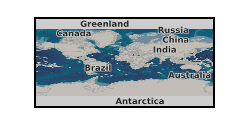
Full proposal cover sheet for scientific drilling (852-CPP) 'GlaciStore: Understanding Late Cenozoic glaciation and basin processes for the development of secure large-scale offshore CO2 storage (North Sea)', submitted to Integrated Ocean Discovery Programme (IODP) April 2014. The full proposal cover sheet document is publicly available from IODP; the submitted full proposal document is restricted to the proponents for publication and for review and response from IODP. The lead submitter, on behalf to the GlaciStore consortium is Heather Stewart, British Geological Survey (BGS).The 30 proponents are from research and industry organisations in the UK, Norway and USA (BGS, Institute for Energy Technology, Lundin Norway AS, SINTEF Energy Research, Statoil ASA, University of Bergen, University of Edinburgh, University of Oslo and University of Texas at Austin). The full proposal cover sheet states the names of proponents of the ‘GlaciStore’ consortium and contact details for the lead submitter of the bid. The full proposal cover sheet comprises: an abstract of the submitted full proposal including description of project funding support as a Complementary Project Proposal: describes and states the scientific research objectives; summarises proposed non-standard measurements; tabulates details of the 13 proposed drill sites (revised from pre-proposal stage) to address the scientific objectives. The objectives are to investigate: glacial history and sedimentary architecture; fluid flow and microbial processes in shallow sediments; and the stress history and geomechanical models for strata that have experienced multiple glacial and interglacial cycles. The table of proposed drilling sites includes the co-ordinates of the position and water depth at each proposed site, the objective for drilling and sampling and the depth to achieve the objective. The proponents, their affiliation, expertise and role for the submission are listed. UKCCSRC Grant UKCCSRC-C1-30.
-
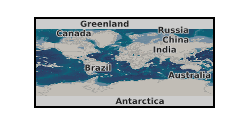
Technical report, component of 'Progressing Scotland’s CO2 storage opportunities', 2010. Review of research findings, CCS project experiences, tools, resources and best practices. Available for download at http://hdl.handle.net/1842/16476.
-
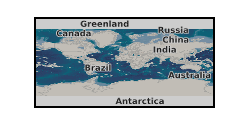
This is THE first CO2 storage publication produced in the UK. The Association of the Coal Producers of the European Community are agreed that immediate action is required to reduce the build up of greenhouse gases in the atmosphere (Harrison, 1990). This is considered necessary even though the effect of these gases on global climate and the human race, are very uncertain mainly because the factors and processes affecting climatic change are poorly understood. http://nora.nerc.ac.uk/511485/
-
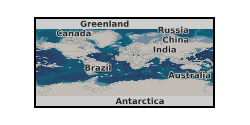
Revised full proposal cover sheet for scientific drilling (852-CPP2) 'GlaciStore: Understanding Pleistocene glaciation and basin processes and their impact on fluid migration pathways (North Sea)', submitted to Integrated Ocean Discovery Programme (IODP) April 2016. The full proposal cover sheet document is publicly available from IODP; the submitted full proposal document is restricted to the proponents for publication and for review and response from IODP. The proposal is a revision of full proposal 852-CPP in response to review by IODP. The lead submitter, on behalf to the GlaciStore consortium is Heather Stewart, British Geological Survey (BGS).The 32 proponents are from research and industry organisations in the UK, Norway, USA and Canada (BGS, Institute for Energy Technology, Lundin Norway AS, Memorial University of Newfoundland, SINTEF Energy Research, Statoil ASA, University of Bergen, University of Edinburgh, University of Oslo and University of Ottawa University of Texas at Austin). The revised full proposal cover sheet states the names of proponents of the 'GlaciStore' consortium and details for the lead submitter of the bid. The full proposal cover sheet comprises: an abstract of the submitted full proposal including description of project funding support as a Complementary Project Proposal: describes and states the scientific research objectives; summarises proposed non-standard measurements; tabulates details of the 13 proposed drill sites (revised from full proposal CPP-852) to address the scientific objectives. The objectives are to investigate: glacial history and sedimentary architecture; fluid flow and microbial processes in shallow sediments; and the stress history and geomechanical models for strata that have experienced multiple glacial and interglacial cycles. The table of revised proposed drilling sites includes designation of primary or alternate sites, the co-ordinates of the position and water depth at each proposed site, the objective for drilling and sampling and the depth to achieve the objective. The proponents, their affiliation, expertise and role for the submission are listed. UKCCSRC Grant UKCCSRC-C1-30.
-
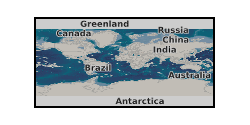
Saline Aquifer CO2 Storage Phase 2(SACS2). Work Area 1 (Geology) - Progress Report 1 April to 31 December 2000. The report can be downloaded from http://nora.nerc.ac.uk/511460/.
-
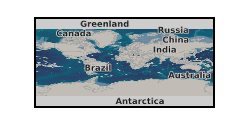
This report presents a set of pragmatic and workable generic procedures, suggested best practices and other recommendations and observations for the safe and sustainable closure of geological CO2 storage sites. These have been distilled from the results of the CO2CARE project and represent the most important messages that will be of benefit to Regulators, storage site Operators and other stakeholders. The report can be downloaded from http://nora.nerc.ac.uk/512805/
-
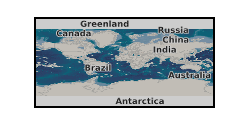
The RISCS guide summarises the conclusions and recommendations developed by the RISCS Consortium, based on four years of research into the potential impacts of leakage from CO2 storage sites. The report has been developed in parallel with the experimental research, field-based investigations, modelling studies and analysis undertaken during the RISCS project. The Report can be downloaded from http://www.riscs-co2.eu/UserFiles/file/RISCS_Guide/RISCS_Guide.pdf.
-
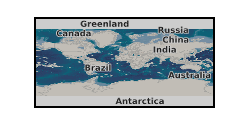
The data consists of an extended abstract submitted to the '8th Trondheim Conference on CO2 Capture, Transport and Storage', Trondheim, Norway, 16-18th June 2015. The abstract describes work carried-out on behalf of the 'Fault seal controls on CO2 storage capacity in aquifers' project funded by the UKCCS Research Centre, grant number UKCCSRC-C1-14. The Captain Sandstone saline aquifer has a potential to store large volumes of CO2 as part of greenhouse gas mitigation strategies, however it is known to be affected by regional faults, some of which extend to the seabed. An in situ stress analysis is performed in order to deduce the stresses affecting these faults and to assess their geomechanical stability.
-
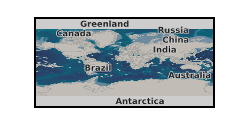
UKCCSRC Grant EP/P026214/1. The UKCCSRC Spring Web Series ran from 30th March and running until 10th July 2020 relating to various aspects of carbon capture and storage. For more information see https://ukccsrc.ac.uk/web-series/ukccsrc-spring-web-series/.
-
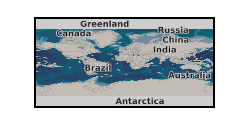
UKCCSRC Grant EP/P026214/1. The UKCCSRC Summer Web Series ran from 21st July to 3rd September 2020 relating to various aspects of carbon capture and storage. For more information see https://ukccsrc.ac.uk/web-series/ukccsrc-summer-web-series/.
 NERC Data Catalogue Service
NERC Data Catalogue Service